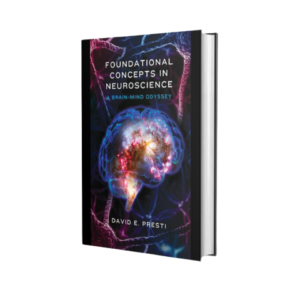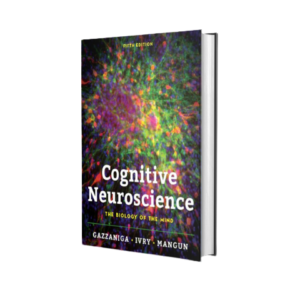Two distinguished neuroscientists distill general principles from over a century of scientific study, “reverse engineering” the brain to understand its design. As neuroscience research has surged, with over fifty thousand neuroscientists employing increasingly sophisticated methods, a coherent framework to organize this vast knowledge has been lacking. In this book, Peter Sterling and Simon Laughlin, both leading figures in the field, aim to address this gap by outlining a set of organizing principles that explain the efficiencies of neural design.
By attempting to “reverse engineer” the brain—disassembling it to gain insights—Sterling and Laughlin explore why animals require brains, tracing computational capabilities from simple organisms like bacteria and protozoa to more complex ones like worms. They investigate the advantages of larger brains, the concept of “anticipatory regulation,” and the constraints on neural design that necessitate a “nanofy” approach. Additionally, they demonstrate pathways to efficiency within integrated molecular systems, such as phototransduction.
The authors illustrate how principles of neural design at finer scales apply to larger scales, discussing neural wiring efficiency and framing learning as a biological design principle that advocates for retaining only what is necessary. Rather than speculating on the brain’s workings, Sterling and Laughlin focus on making sense of established knowledge, presenting a coherent set of fundamental rules and exemplifying these principles across various spatial and functional scales.






Reviews
There are no reviews yet.